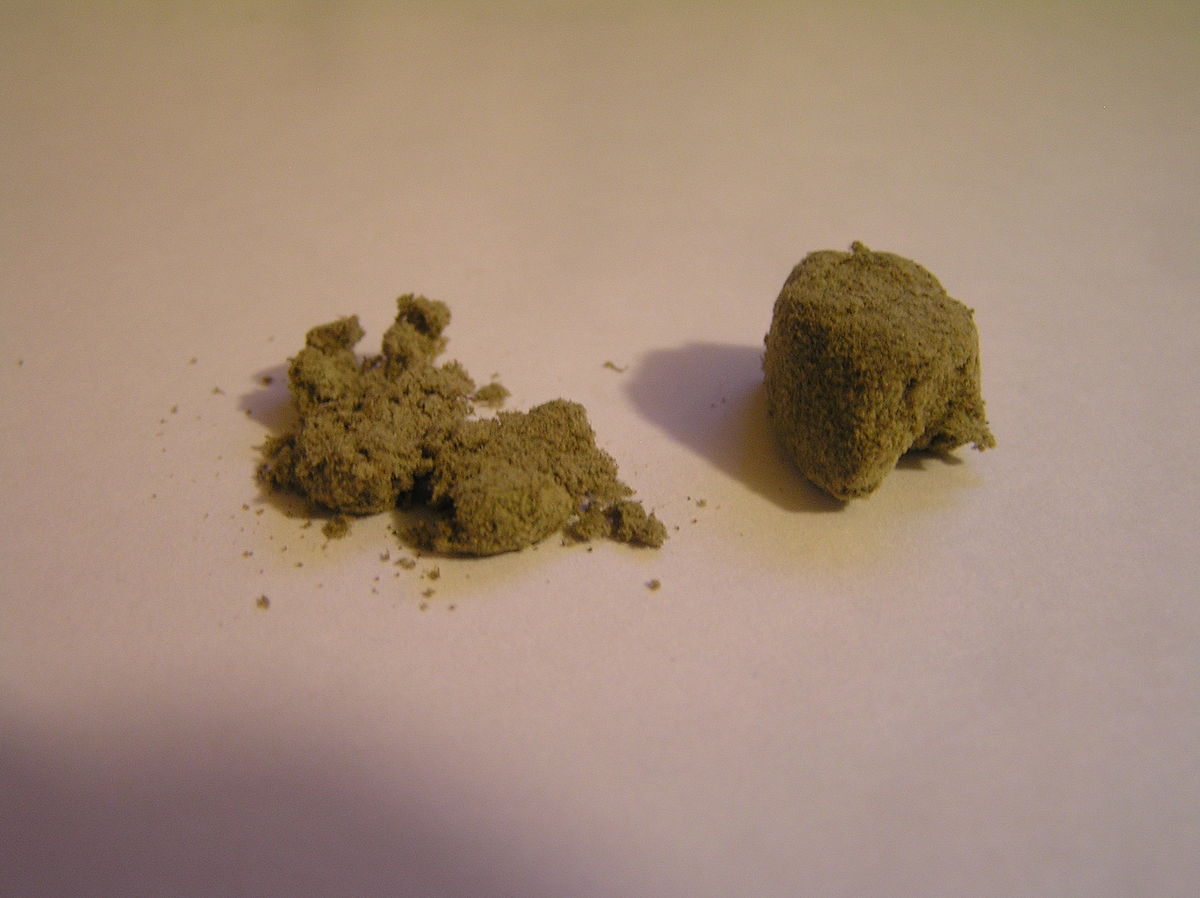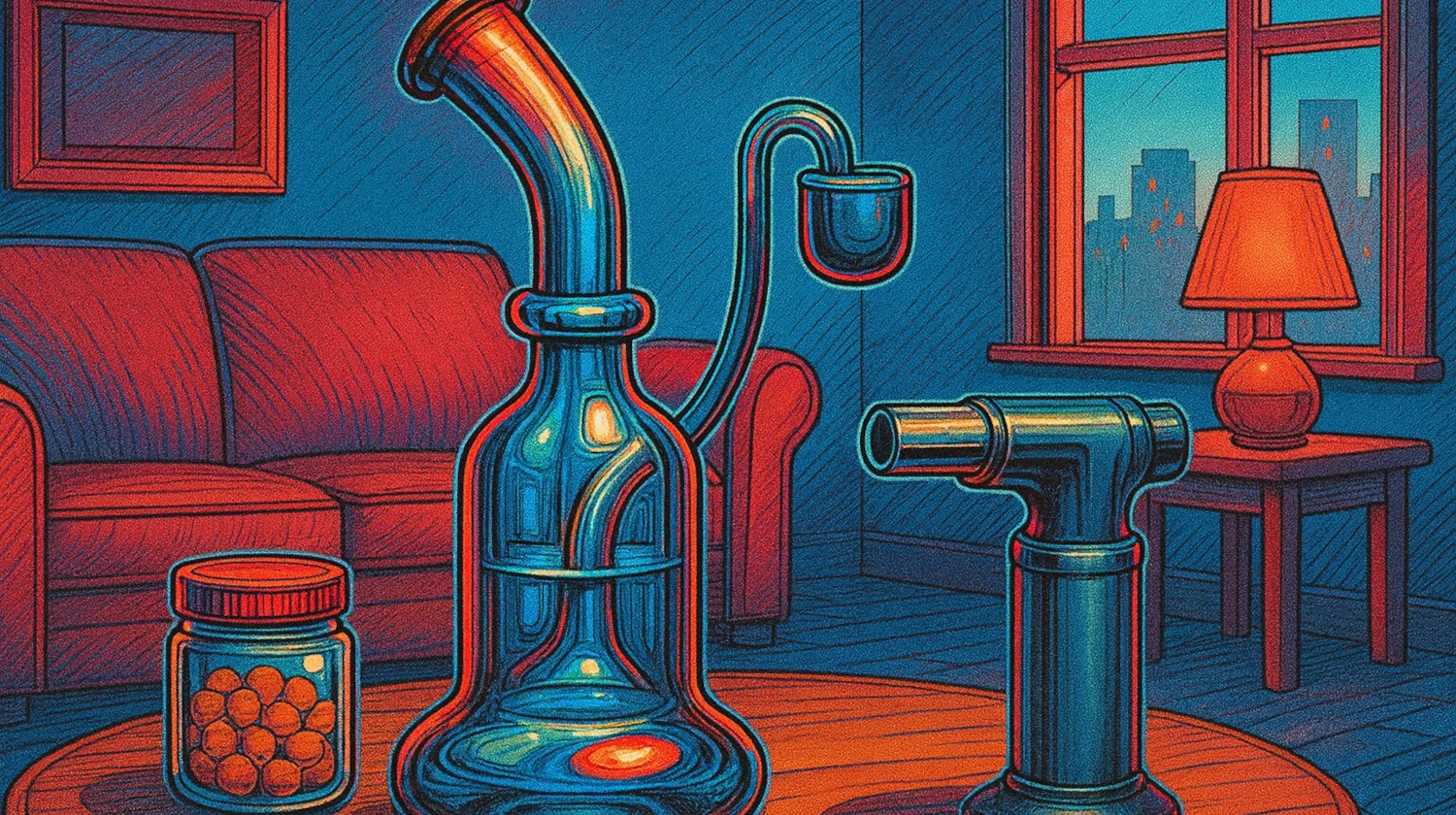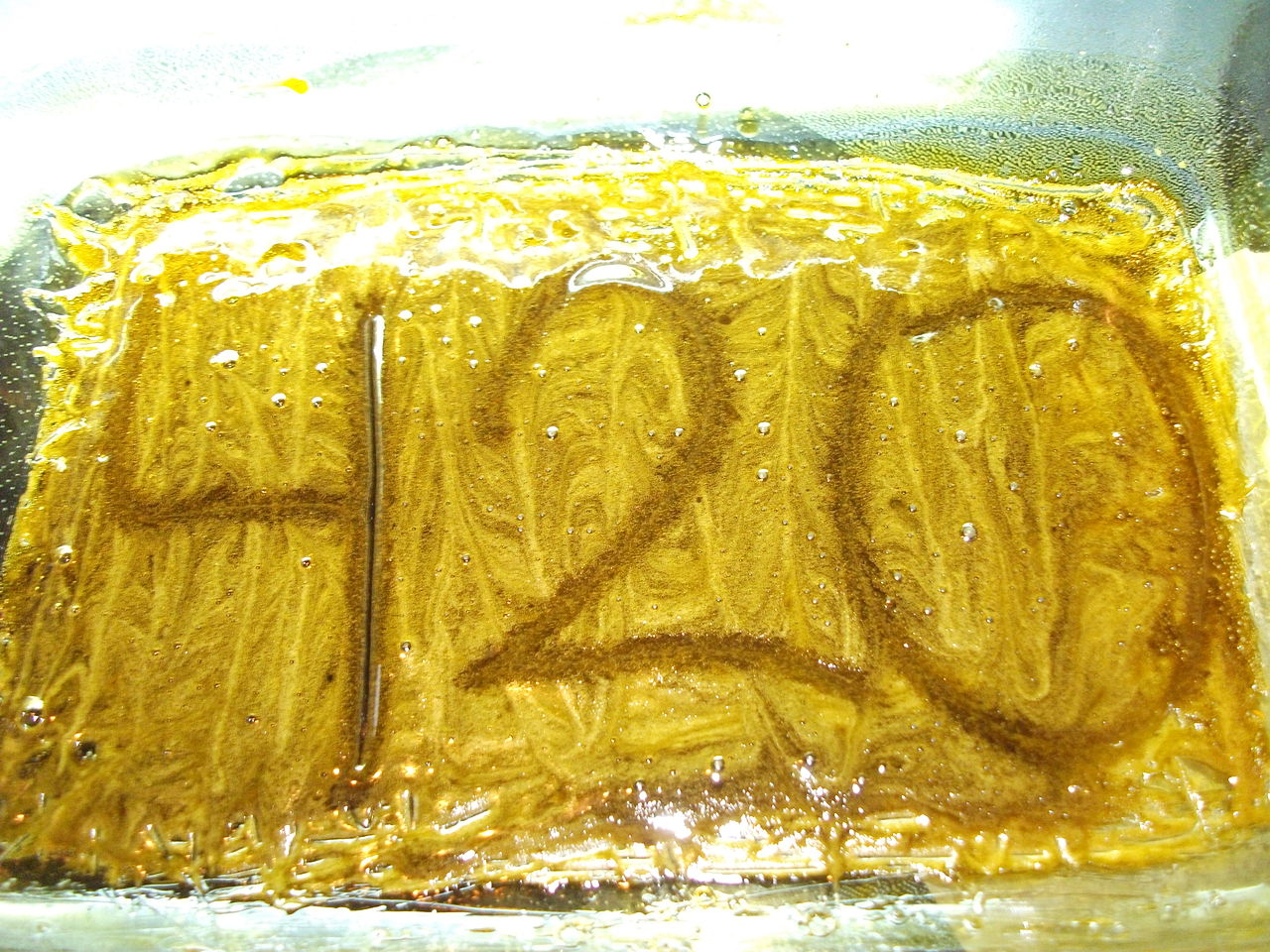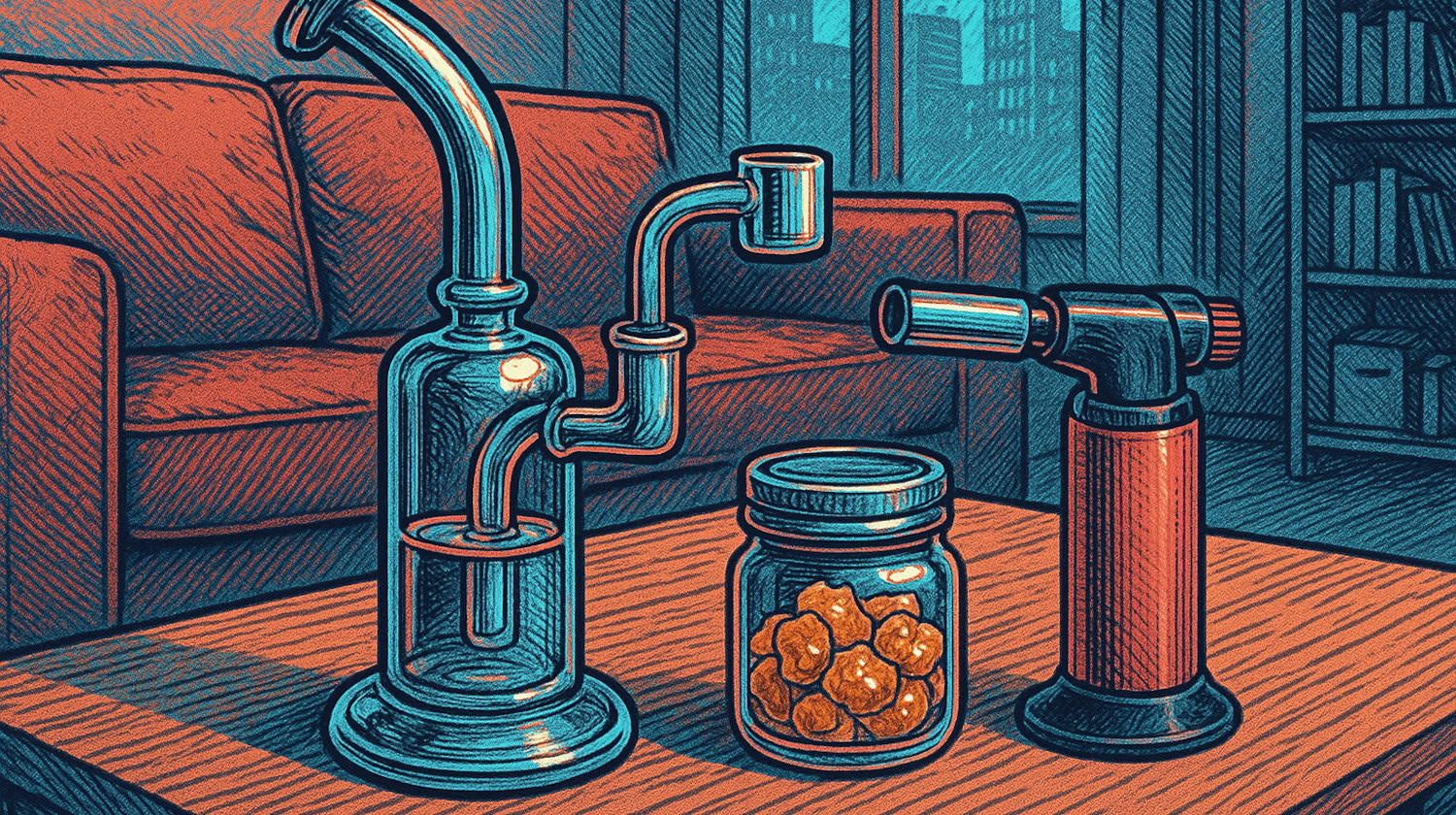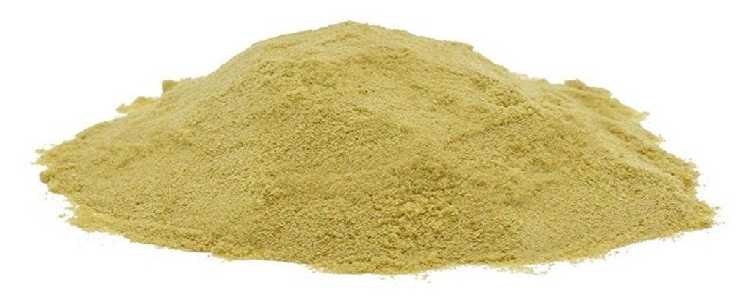
There are several kinds of cannabis concentrates out there today, but kief and hash are some of the oldest and most popular forms for medical cannabis patients. An old-school favorite for many cannabis enthusiasts, kief and hash, are unique among concentrates because they can be smoked like normal flower.
Keep scrolling to learn more about how kief and hash are made, what types you can find on the market, and how they're used.
What is Kief?
Kief is a fine, light powder that resembles very granular sand that is made by separating trichomes (the crystalline structures that coat the outside of dried cannabis flowers) from whole-plant material using a weed grinder, mesh screens, or bubble machine.
Kief is, perhaps, the easiest cannabis concentrate to make and, therefore, one of the most popular. It isn’t considered the highest quality extract out there, but THC levels can typically be 3 to 4 times more concentrated than unprocessed cannabis.
What is Hash?
Hash is a potent cannabis extract that’s been used for centuries throughout Asia, the Arab world, and India. Individuals like Sylvestre de Sacy, William Brooke O'Shaughnessy, Jacques-Joseph Moreau de Tours, and Théophile Gautier each played a different role in reintroducing it to the West in the 19th century.
Hashish is made by heating and pressing kief into a firm block. A popular type of hash is called bubble hash, which is a darker, crumbly cannabis concentrate that derives its name from the way it bubbles when smoked.
How to Make Kief
There are many ways to make kief.
The simplest way is to collect the powder that accumulates at the bottom of your grinder. This powder is low-grade kief. Some specially designed grinders sift and save this powder in a separate chamber to collect a much finer grade of kief.
If you're looking to make a larger amount of high-quality kief, a trusted method is to push ground flower through a series of silk screens. The screens are usually layered from the most porous to the finest to catch very high-quality trichomes on the last screen.
A more advanced method to make kief is to use an ice water bath and agitation machine to knock off the trichomes into the water. The water is then filtered through screens to save the kief, which is then dried and pressed into hash.
There are literally dozens of ways to safely produce kief. Any method that knocks the trichomes off the plant and saves them in a container will suffice.
How to Make Hash
Hashish is made by pressing kief into a solid block or ball using high pressure and very low heat -- average 180 degrees or so. Many people like using a pollen press because it produces a neat, defined block. But no special equipment is required to make hash.
An age-old method, one that likely pre-dates the written word, is to roll ground cannabis flowers with bare hands until enough of the black, gooey hash collects on the hands to be scraped off and rolled into balls.
Since bubble hash has become one of the most accepted recent innovations in hash making, here are the exact steps for making bubble hash.
How to Make Bubble Hash
Equipment Needed
- Bubbleator or other washing machine with accessories including zipper bag
- 2 or 3 progressively finer mesh bags if not included. The finest mesh should be 45 microns or so.
- Ice
- Your desired cannabis strain
- Thermometer
- 5-gallon food-grade bucket
- Pollen press
Exact Steps to Make Bubble Hash with a Bubbleator
1) Put the cannabis into the zipper bag.
2) Zip the bag tight and make sure the zipper is locked.
3) Drop the bag into the Bubbleator.
4) Fill the Bubbleator about halfway with water.
5) Add ice till the chamber is ¾ of the way full.
6) Wait till your temperature reaches just above freezing.
7) Close the lid and set the machine to run for 15 minutes.
8) Put the 5-gallon bucket under the Bubbleator's drainage tube.
9) Put the finer mesh bag over the bucket first, then the larger mesh bag on top of it.
10) Open the drainage tube and pour the water into the bucket through the bags.
11) The larger mesh bag will filter out the larger debris from the water, while the smaller mesh bag below it collects the kief. The bags can be squeezed to make the filtering process move faster.
The resulting kief must be dried for about 24 hours. It can then be smoked but is more commonly pressed into hash to make bubble hash.
12) Put the resulting, now-dry kief into the pollen press.
13) Open the pollen press and insert one of the plugs.
14) Put the cap on over the plug, but don't screw it in all of the way.
15) Pour the kief into the top part of the chamber.
16) Use the other plug to press the kief into the chamber.
17) Apply both end caps and twist, using as much pressure as possible.
18) Leave your pollen in a warm place -- not HOT, because that will degrade your cannabinoids, but WARM. Leave it there for 6 to 8 hours, checking it every couple of hours to further tighten the end caps.
19) Put the pollen press in the freezer for about 15 minutes to cool off the contents and help the hash release from the chamber more easily.
Enjoy by smoking with herbs, vaporizing, mixing with edibles, or any other way you like. You'll find that this method produces very flavorful, full-spectrum concentrates.
Using Kief & Hash
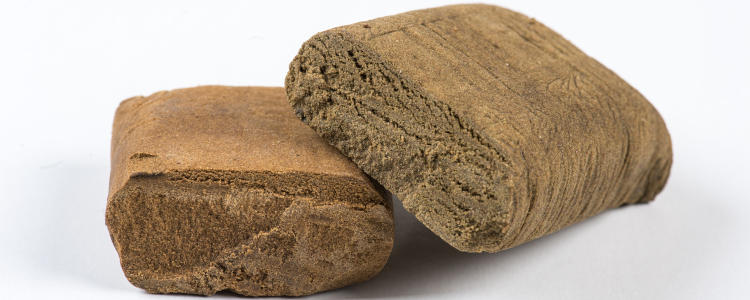
So, after you've managed to collect all that kief, how do you use it?
Kief can be sprinkled on pre-rolls or smoked in bowls, bongs, or pipes. However, because kief is such a fine powder, it’ll burn differently than a normal cannabis flower. A joint rolled with nothing, but kief is difficult to roll, will burn remarkably fast, and can be several times stronger than a pre-roll packed with dried flower. Therefore, many kief enthusiasts instead sprinkle it on conventional weed before rolling a “J” and sparking it up.
Kief bowls burn better than kief pre-rolls. But remember that you’re smoking concentrated cannabis, so pack your bowl accordingly, as a small hit can go a long way.
Smoking hash is very similar to smoking kief. That is, it's best to combine it with conventional cannabis flower for the best results (instead of rolling a pure hashish joint or packing a bowl with only hash). If you'd rather not smoke your kief or hash, you can use it to make cannabutter and other cannabis edibles.
SEE ALSO: How to Make Homemade Edibles With Consistent Doses
Warnings and Dangers
Before you start collecting kief or making your own hash at home, make sure that you are complying with the local cannabis laws in your jurisdiction. Many states have only legalized cannabis for medical use, requiring their residents to be licensed to use kief and hash. Many others haven't legalized cannabis at all, meaning hash and kief would be illegal to possess, produce, or use.
Otherwise, hash and kief are probably the easiest cannabis concentrates to make yourself.
Hash can be made through a variety of solventless methods (see above), and collecting kief is as simple as grinding up cannabis flower.
It's not recommended that you use any hash-making methods that require solvents, as it can be very dangerous and illegal if done improperly or without the necessary legal licenses.
How to Find and Buy Kief and Hash
Because both kief and hash are relatively easy to produce and have been used for thousands of years, your local dispensary should have products available that you can buy. Alternatively, and depending on where you live, you can secure your kief or hashish through a cannabis subscription box. Remember that depending on your local cannabis laws, a medical cannabis recommendation may be needed to buy and possess hash and kief.
If you're looking into getting a medical cannabis recommendation, NuggMD's telemedicine platform makes it easy! You'll be connected with a cannabis physician licensed in your state for an evaluation, putting you one step closer to getting your med card. Sign up with NuggMD today!
The information in this article and any included images or charts are for educational purposes only. This information is neither a substitute for, nor does it replace, professional legal advice or medical advice, diagnosis, or treatment. If you have any concerns or questions about laws, regulations, or your health, you should always consult with an attorney, physician or other licensed professional.

